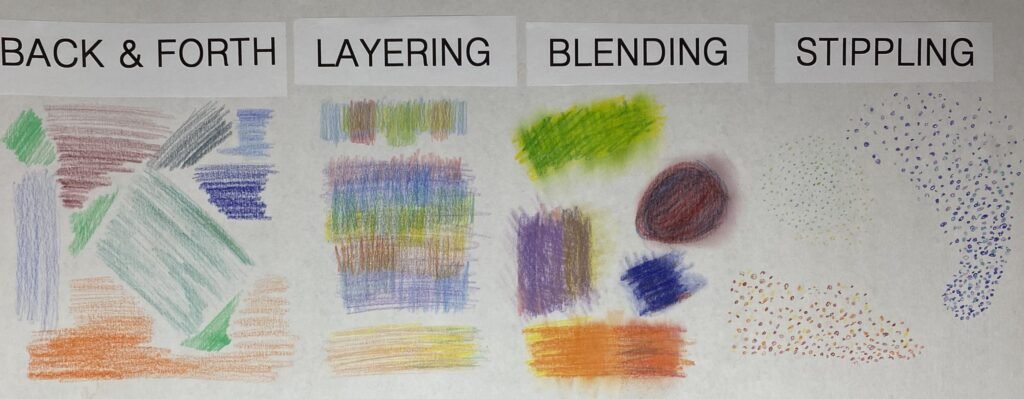
Colour blending and layering are cornerstone techniques in sketching and drawing, enabling artists to achieve depth, realism, and vibrant transitions in their artwork. Mastery of these skills enhances the visual complexity and emotional impact of any piece, whether using colored pencils, markers, or digital media.
Why Blending and Layering Matter
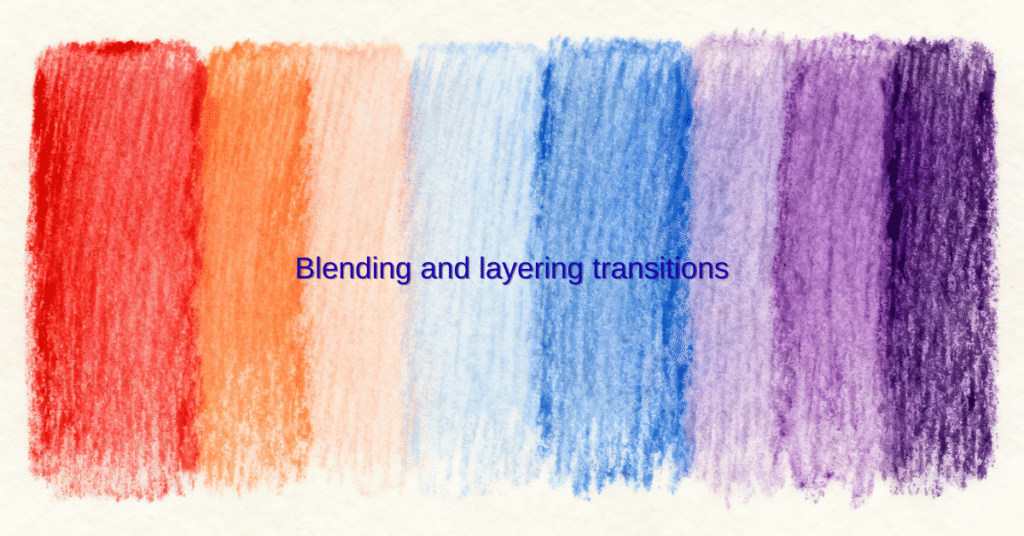
Blending creates smooth transitions between colors or values, allowing for the depiction of light, shadow, and subtle changes in tone. Layering, on the other hand, involves building up multiple applications of color—often from light to dark—to create a rich, dimensional surface. Together, these methods help artists avoid flat, paint-by-number effects, instead producing nuanced shades and textures that mimic the natural world.
Techniques and Tips
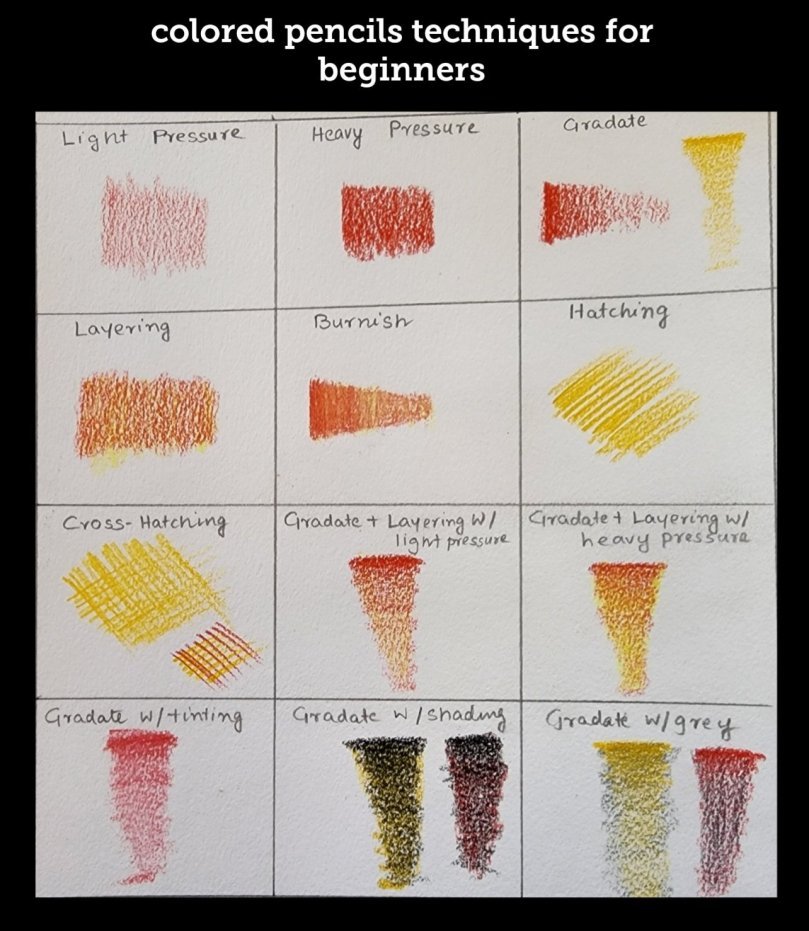
- Begin with lighter tones, gradually applying darker layers to build depth and avoid overpowering details.stepbystepart+1
- Use small, consistent strokes or circular motions to prevent harsh lines between colors.
- Experiment with pressure during layering: more pressure creates bolder, more saturated colors, while a light touch enables delicate blending and gradients.drawawesome+1
- For additional smoothness, blending tools or fingers can be used, though layering alone—when done with skill—often achieves smoother transitions without muddying colors.montmarte+1
- Layering and blending often combine with other techniques like hatching, cross-hatching, or color mixing, especially for textured effects or enhancing three-dimensionality.altenew+2
Artistic Benefits
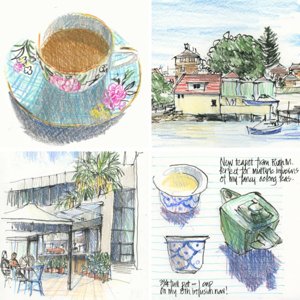
- Realism: Gradual color shifts produced through layering and blending are essential for lifelike drawings. They help mimic the variations seen in skin tones, natural objects, and subtle light effects.carrie-lewis+1
- Contrast and Depth: Multiple layers allow for richer shadows, brighter highlights, and nuanced midtones, imparting depth and making subjects stand out.gathered+1
- Expression: By manipulating blends and layers, artists can evoke soft moods, dynamic lighting, or dramatic contrasts, amplifying the expressive power of their work.jacksonsart+1
Visual Examples
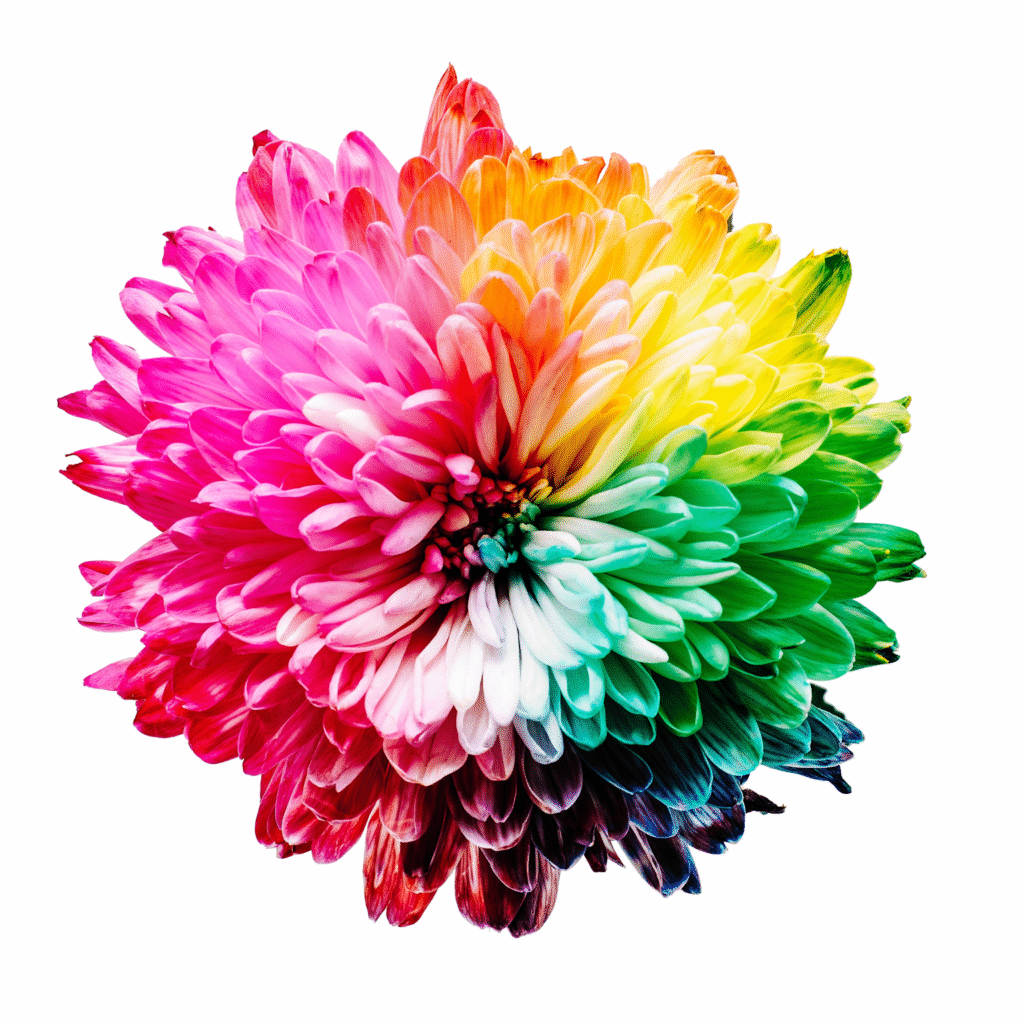
Here are suggestions for visual illustration concepts to enrich the blog:
- A side-by-side comparison of a drawing segment without blending/layering versus one with these techniques applied, revealing the remarkable difference in depth and visual interest.
- Step-by-step images of a colored pencil gradient, showing how multiple light layers evolve into a seamless transition.
- A sketch demonstrating layered hatching beneath a blended wash, highlighting how texture and smoothness can be balanced for a natural effect.
Final Thoughts
Colour blending and layering are cornerstone techniques in sketching and drawing, enabling artists to achieve depth, realism, and vibrant transitions in their artwork. Mastery of these skills enhances the visual complexity and emotional impact of any piece, whether using colored pencils, markers, or digital media.
